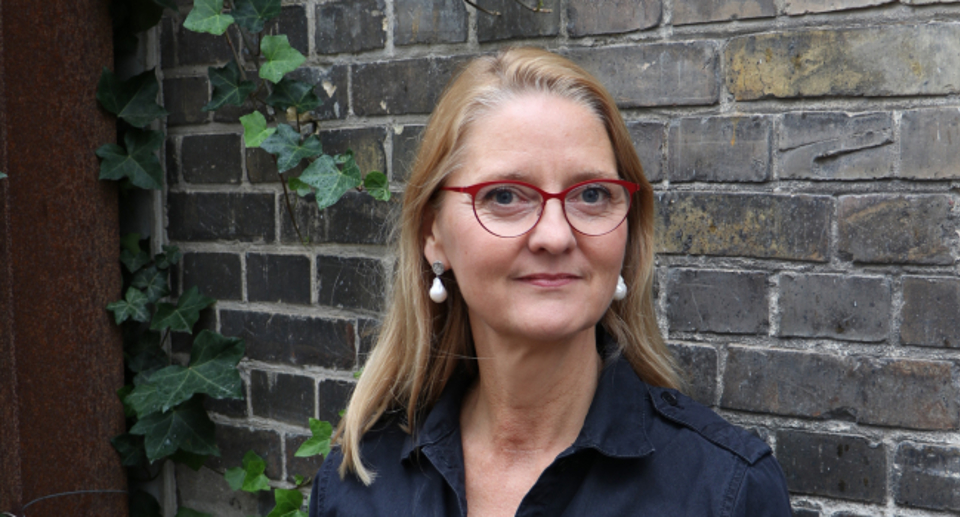On the management side, too, she finds she has received the support she has needed in her career.
− Few people are confident when they are very young, and it's good to have someone who sees you and can say I believe in you. Take a stand and I'll support you on it. And as you get older, it's a different support, and I experience that both at the department and at the faculty, she says.
Cohesion between work and family life
Although Lone is buried in a wide range of research projects and collaborations in her day-to-day life, she also finds time to work with sustainability in areas that are almost in the interface of work and leisure. She has had several collaborative projects with artists, such as at the Museum of Modern Art in Aalborg where she, a colleague and an artist developed a ball track to give children and young people a greater understanding of the consumption of planet resources.
− It’s really fun and rewarding to work with artists. They have a completely different way of thinking and different methods. They operate on a more emotional level and get us to form images in a different way than research can, says Lone.
She sees it as a huge privilege to have the time and energy for gathering tours, art and all the other things she’s interested in. And of course be with her family.
− There is such mutual respect at AAU that we don’t function as a workplace unless we function in our personal lives. I have also heard from international colleagues that they think it’s great to be here because there is a culture of going home and being with your family. At one point I was in the United States for six months and I could see that it was a completely different way of working. It was perfectly normal for meetings to take place at six and seven in the evening. Maybe I take it very much for granted, I think, but we are privileged, no question.

